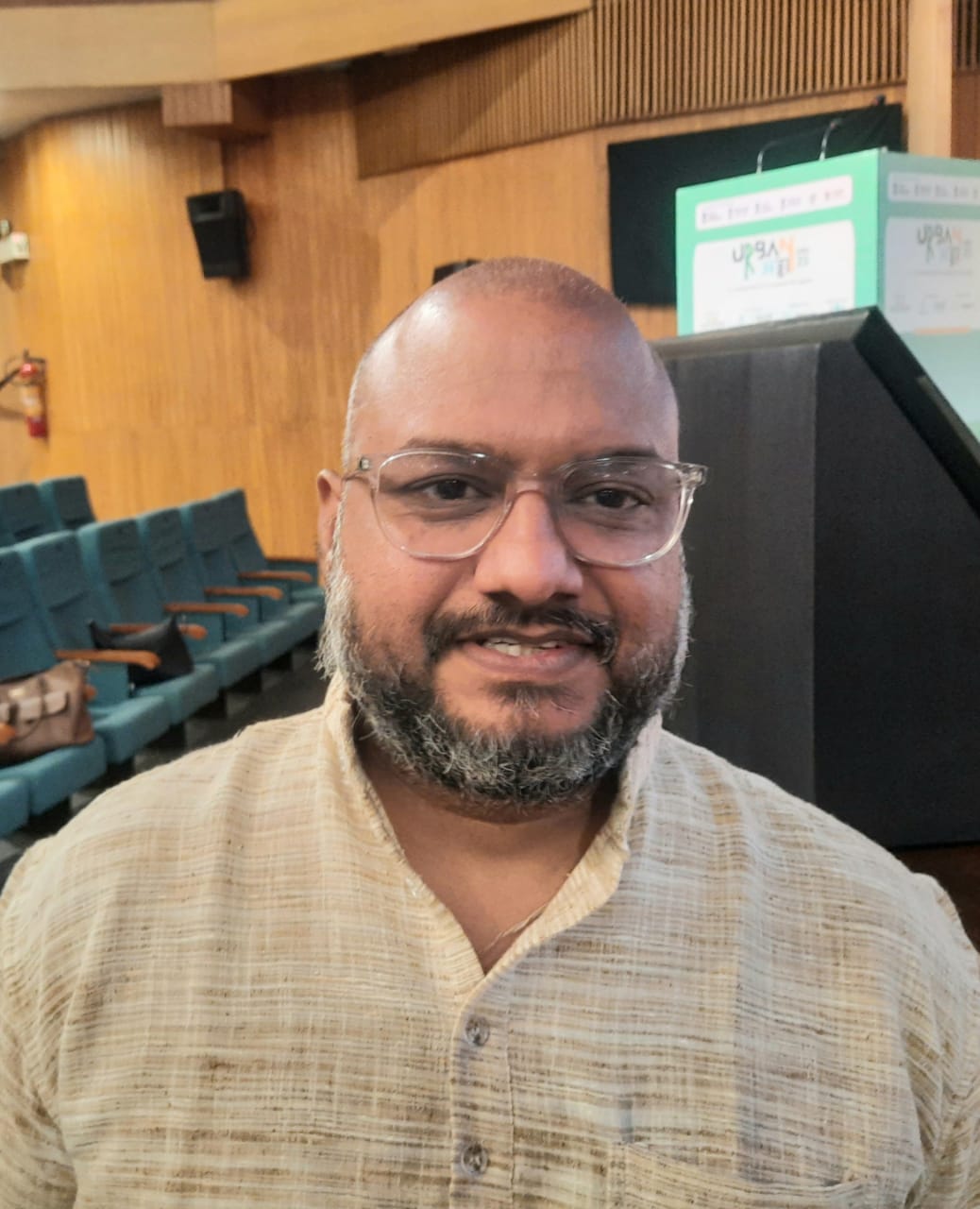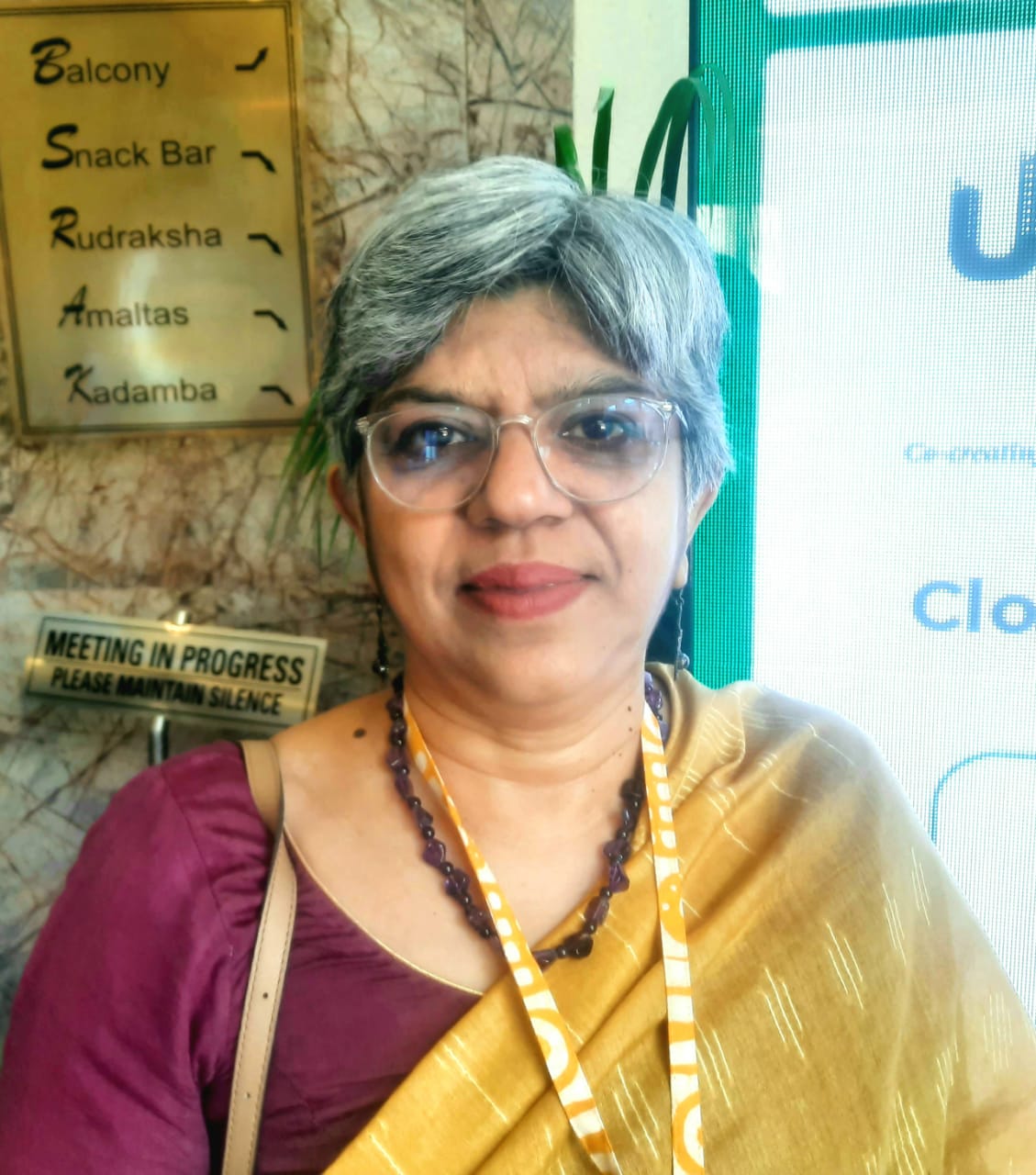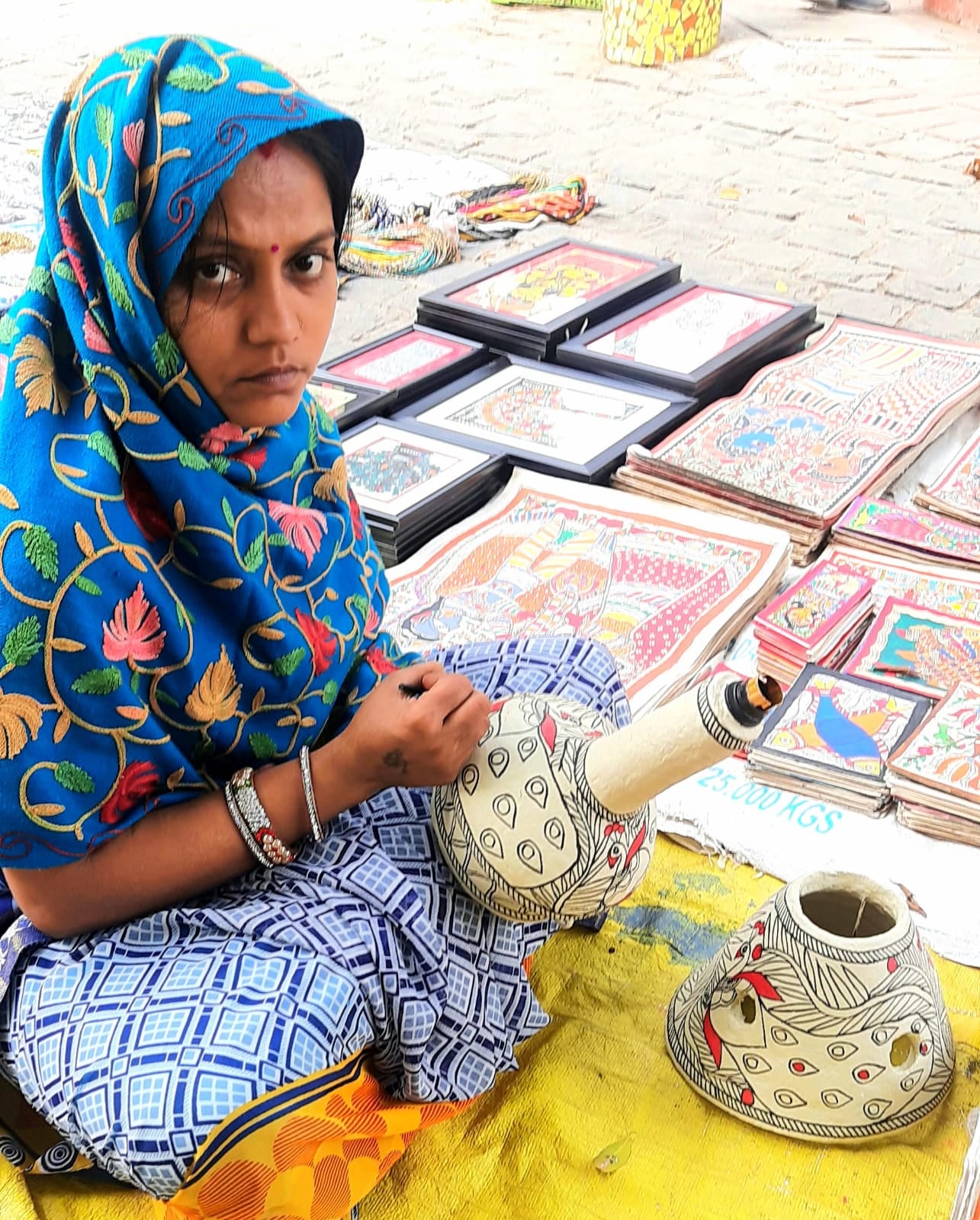Established in 1976 under the Ministry of Housing and Urban Affairs, the National Institute of Urban Affairs (NIUA) spearheads India’s mission to build inclusive, resilient, and sustainable cities. Headquartered in New Delhi, NIUA stands as the nation’s premier urban think tank—bridging cutting-edge research with actionable policy. It equips governments and urban stakeholders with evidence-backed insights, strategic direction, and robust capacity-building programs.
NIUA drives innovation across the urban landscape with a sharp focus on governance, climate action, infrastructure, digital transformation, and social equity. Its influence has been instrumental in shaping transformative national programs such as the Smart Cities Mission, AMRUT, and the 74th Constitutional Amendment.
Crucially, NIUA fosters strategic collaborations both nationally and internationally, aligning India’s urban development with the UN Sustainable Development Goals (SDGs). Through platforms like the National Urban Learning Platform (NULP), it ensures that knowledge and best practices cascade through all levels of governance—amplifying its reach and impact.
At its core, NIUA continues to redefine what urban India can and should become.
In an exclusive conversation with The Interview World during Urban Adda 2025—a dynamic forum hosted by the Raahgiri Foundation in partnership with the International Council on Clean Transportation and GuruJal—Dr. Mukta Naik, Lead – Policy at the Centre for Sustainable Urban Livelihoods, NIUA, shares transformative insights. She outlines NIUA’s interventions to empower women in urban environments, dissects policy shifts shaping India’s urban planning landscape, evaluates the current state of the Smart Cities initiative, and details the organization’s blueprint for building truly inclusive cities.
Here are the key takeaways from her compelling exchange.
Q: What specific interventions is your organization implementing to strengthen women’s empowerment in urban areas, and how are these initiatives addressing the unique challenges faced by women in these settings?
A: The National Institute of Urban Affairs (NIUA) operates as an autonomous government organization under the Ministry of Housing and Urban Affairs. At NIUA, I lead policy for the Centre for Sustainable Urban Livelihoods, where our core mission centers on enhancing livelihoods for the urban poor.
We focus on marginalized and informal workers—construction workers, waste pickers, gig workers, and domestic workers—who form the backbone of urban economies. Over the past decade, the government has increasingly prioritized gender inclusion. A significant thrust has gone into organizing women’s self-help groups (SHGs) in urban areas, supporting their involvement in income-generating activities.
These initiatives often revolve around home-based production, packaging, and service-based micro-enterprises, such as maintaining community toilets or managing neighbourhood facilities. Though modest in scale, these enterprises empower women to build economic independence and community leadership.
At NIUA, we operate as a multidisciplinary team of technical experts, contributing to urban policy formulation through insights in planning, urban design, and gender-sensitive frameworks. Our goal is to embed equity and sustainability into the very DNA of urban development as policies evolve and scale.
Q: In your view, what significant policy shifts or strategic interventions is the government pursuing to redefine the future of urban planning in India?
A: Urban planning has already gained significant momentum under the AMRUT scheme, with the central government funding cities to develop master plans and development plans—a practice that was either neglected or carried out sporadically in the past. Now, there’s a strong emphasis on integrating advanced technologies such as Geographic Information Systems (GIS), satellite imagery, and digital mapping to modernize the planning process.
The focus is twofold. First, it aims to build the technical capacity of cities and states, enabling them to plan independently with dedicated resources and skilled personnel. This shift marks a transformative step in decentralizing planning and fostering local self-reliance.
Second, the government is aligning all urban missions—including Swachh Bharat, livelihood-focused programs, and housing initiatives—with spatial planning frameworks. The emerging vision is clear: cities must integrate all developmental efforts into a unified, spatially informed plan.
Such GIS-based planning allows cities to precisely identify vacant land, underutilized areas, and ecologically sensitive zones. It enables informed decisions about where to build, where to preserve, and how to optimize land use sustainably. This spatial clarity is essential for driving inclusive and resilient urban growth.
Ultimately, we are moving toward a future where all urban initiatives converge within a robust planning framework, ensuring coherence, sustainability, and long-term impact.
Q: What is the current status of the Smart Cities Mission in terms of its targets, and how has it impacted urban living across the participating cities?
A: The Smart Cities Mission was designed as a competitive initiative. Cities across India submitted proposals, but only 100 were selected through a rigorous evaluation process. These selected cities—guided by their respective state governments—chose specific interventions tailored to their local needs and priorities.
A common outcome across all Smart Cities was the establishment of a robust digital infrastructure. Every city developed systems to monitor traffic, log public grievances, and coordinate municipal services—all integrated through a centralized Command and Control Center. This digital backbone now forms the foundation for smarter, data-driven governance.
Beyond this shared foundation, each city charted its own path based on context-specific priorities. For instance, Coimbatore, with its many lakes, focused on lake rejuvenation. The city adopted a scientific approach to water management, while also creating public spaces for cycling, recreation, and community engagement. In contrast, Indore prioritized solid waste management, leveraging its existing momentum. The city incubated waste-tech startups, monetized waste streams, and reinvested the returns into municipal infrastructure—demonstrating how innovation can drive circular urban economies.
These diverse approaches led to a mix of notable successes and inevitable failures. Not every initiative worked—but many offer replicable lessons.
The next phase demands scaling what works. Peer-to-peer learning is now critical. Cities that have succeeded must mentor others, enabling a collaborative ecosystem of urban innovation. To support this, the National Institute of Urban Affairs (NIUA) has developed the National Urban Learning Platform (NULP)—a digital hub designed to document best practices, train city officials, and facilitate cross-city collaboration.
NULP will soon integrate with similar platforms to create a national network of knowledge sharing. This digital infrastructure will empower cities to learn, adapt, and seek support—ensuring that proven solutions can be replicated, scaled, and localized across India.
The future lies in facilitation, not prescription—where cities help each other build better, smarter, and more resilient urban futures.
Q: What steps is your organization taking to ensure that future cities are truly inclusive, and how are these policies being integrated into your urban development strategies?
A: Inclusiveness rests on three critical pillars. First is economic policy—the creation of meaningful jobs and opportunities, alongside education and skill development. Significant work is underway in this area. For example, the Aspirational Districts Program targets the most underdeveloped regions of the country, directing focused efforts to uplift these lagging areas.
Second, spatial planning plays a crucial role. It involves mapping and understanding which parts of a city are underserved or disconnected. This conference highlights such challenges, especially through the lenses of mobility and transport, underscoring the urgent need to improve connectivity and infrastructure in neglected zones.
Third, and most complex, is social change. Unlike policies or plans, social transformation cannot be driven by government alone—nor by any single organization. Societal norms and cultural mindsets are deeply entrenched. They cannot be dismantled or reshaped overnight. Instead, change requires a systemic, patient, and gradual process.
This dynamic often resembles a “chicken-and-egg” dilemma. Sometimes, visible successes nudge communities to embrace new ideas. Other times, systemic resistance stalls progress before results can manifest. Identifying strategic levers—areas where quick wins are possible—is essential. The Smart Cities Mission was one such effort to demonstrate tangible outcomes within a decade, creating momentum for broader change.
Achieving this transformation demands extensive collaboration among diverse stakeholders. It requires building capacity and engaging experts who can help identify, demarcate, and design urban spaces thoughtfully. For example, how does a citizen recognize a designated zone just by walking through it? This involves design elements like color coding, street furniture, and signage—details shaped by architects and urban planners. Each small piece contributes to the larger puzzle.
By activating these multiple levers—economic, spatial, social, and design—we create conditions for effective change. Once successful models emerge, the next step is to replicate and scale them. This iterative process defines how we pursue inclusive, resilient urban development.









